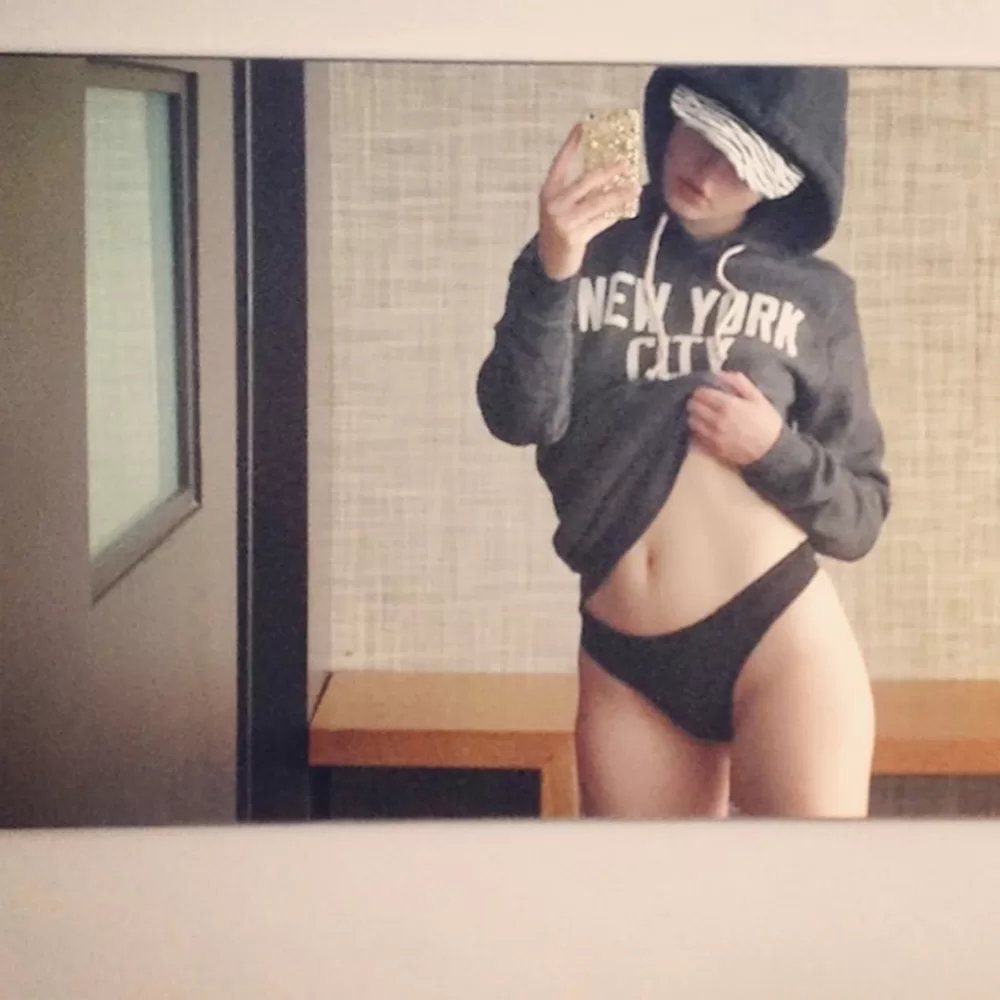Dear diary: why are we so obsessed with recording our private thoughts?
8 min read
As TikTokers peddle ‘journaling’ as the key to self-expression, Isabella Greenwood explores the role of the diary in art-making and why we care so much about the private musings of the artist
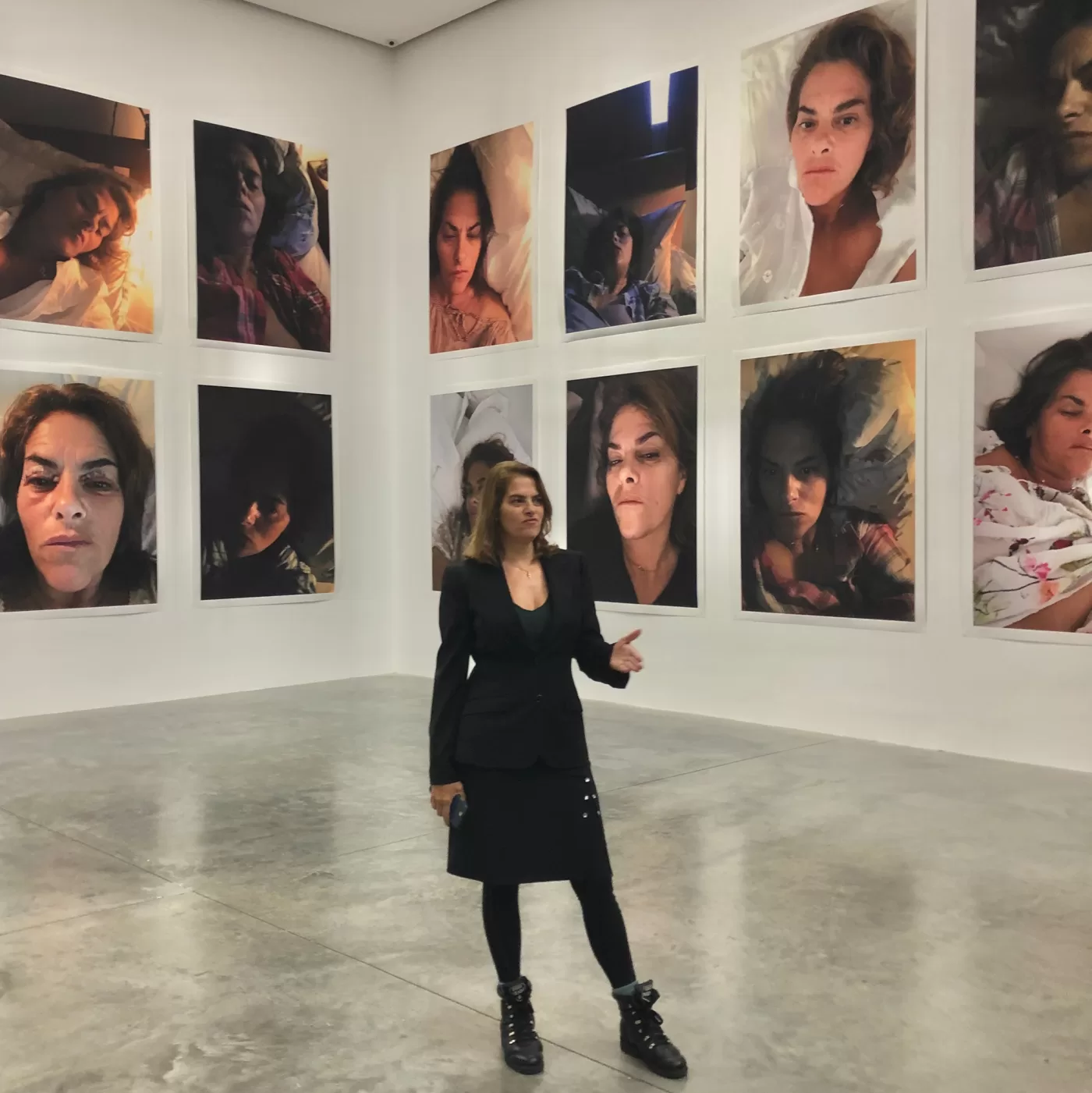
Tracey Emin’s Insomnia Room Installation from ‘A Fortnight of Tears’ at White Cube Bermondsey, 2019
The diary is one of the most fascinating productions of human industry. A unique practice that affords the divulgence of our greatest secrets, and dissolves the boundaries between archival, literary and imagined accounts. The artist’s diary, with its potential for historic and creative value, is a treasured object.
For some artists, the diary is simply a practical agenda, filled with shopping lists, dates and notes to self. Artists such as Bernarda Bryson Shahn scribbled reminders for doctors’ appointments and friends’ birthdays between unbridled sketches of clouds, naked bodies and winding trees. However, artists’ diaries can also become art forms in themselves, merging with the role of the sketchbook. Some well-known examples of the genre include Frida Kahlo’s diary, a hybrid of watercolours and poems featuring burning feet, blood-like splattering and notes on isolation: DIEGO. Estoy sola (“Diego. I’m alone”); Donald Rodney’s sketchbooks are filled with drawings of tall buildings that precede moments of personal rumination on the state of the world: “I am the last painter because this blood drenches in my people’s pain”; in Keith Haring’s diary, musings on his crippling indecision pervade his sketches: “I act like I know what I want, and I appear to be going after it – fast, but I don’t, when it comes down to it, even know,”. Here the diary functions as a tool for self-expression, for divulging the emotional complexities of being human, and as a space to transform personal thought into creation.
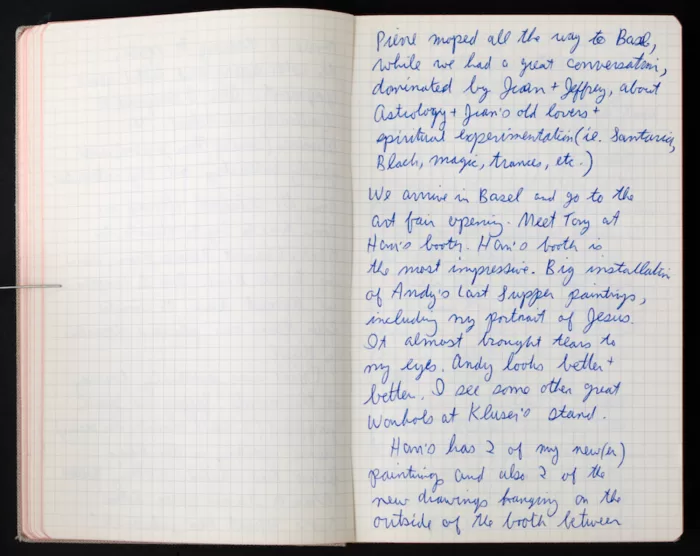
Detail from Keith Haring's diary, June 16, 1987 © Keith Haring Foundation
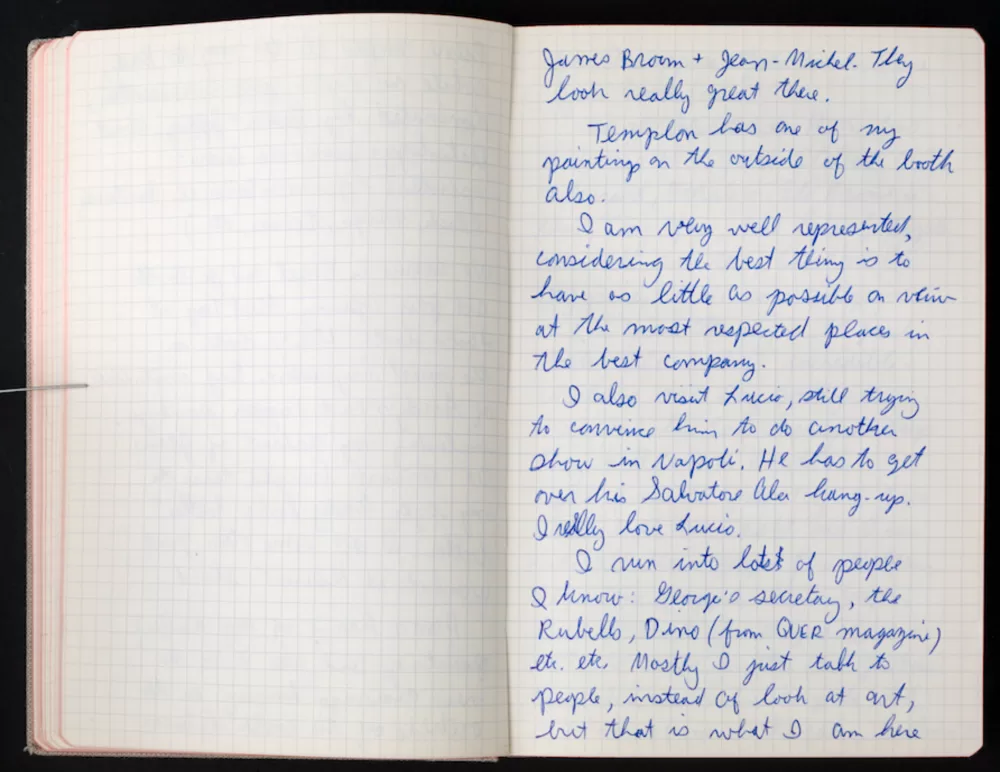
Detail from Keith Haring's diary, June 16, 1987 © Keith Haring Foundation
The fascination with diaries, or as they are more commonly referred to these days as ‘journals’, or transformed into a verb (‘journalling’), is increasing, particularly on social media. TikTok users encourage their followers to “journal with them,” writing down their emotions for therapeutic purposes which is in part an act of rigorous self-mythologising. The modern journal functions in the same way as it always did: a tool for reflection and as a means to reinforce the self, in all of its complexities. Yet sometimes, diarising might suggest something darker: a paranoid awareness of the self.
Social media is, in its purest form, diary keeping. The obsession with recording ourselves online is not dissimilar to the drive to write diaries. Neither diaries or social media are ever completely private. As we see with artists who have passed, private journals can become public, part of their own legacy and ‘lore’ and the context for their work.
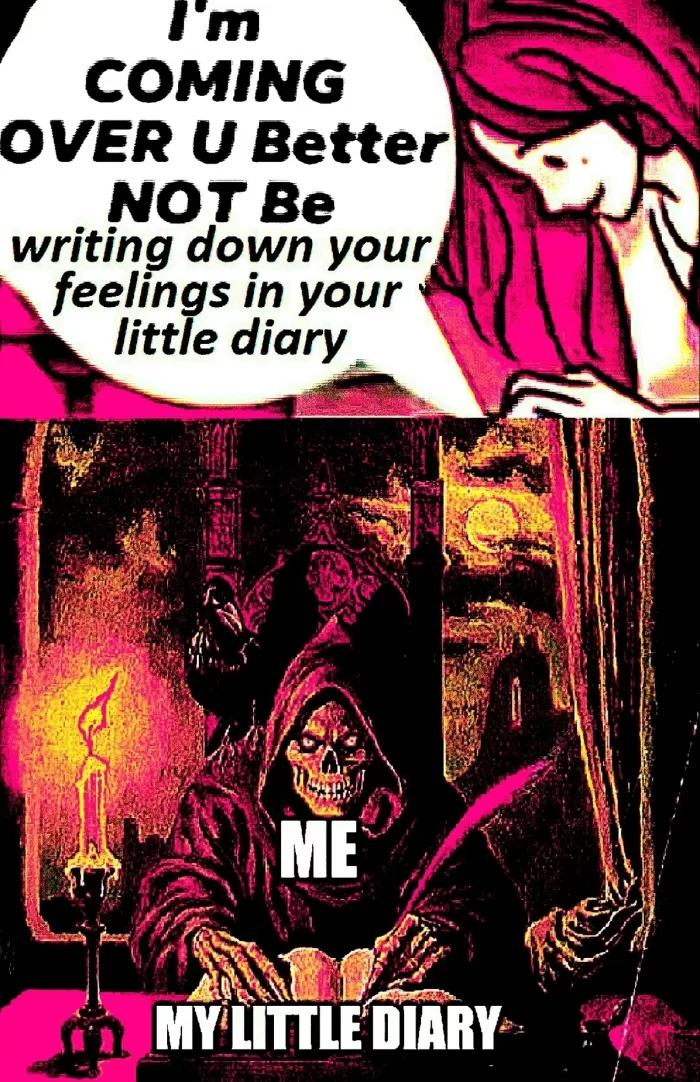
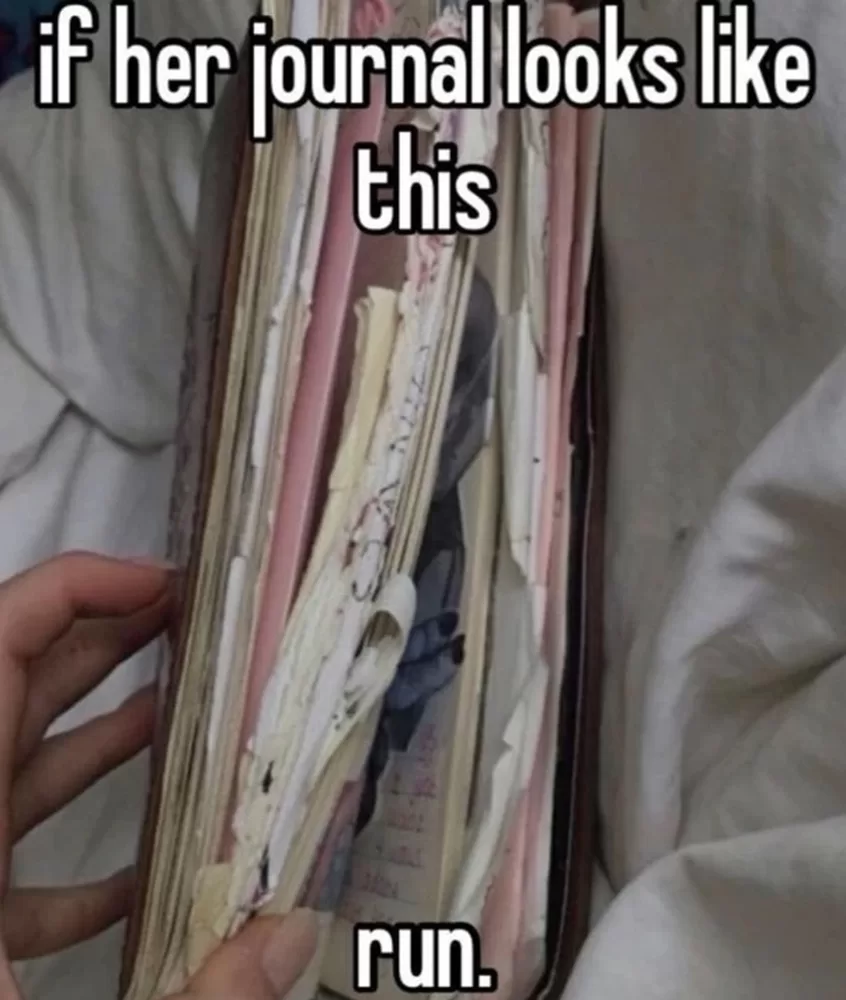
The private diary is also somewhat aware of an intended audience, written for eventual consumption. Both the diary and the social media post are often intended as expressions of the self to be found and consumed by others. The existence of an audience is either real or implied, necessitating a curated disclosure. Social media functions in the same way: arguably what we post is entangled with who we are, who we might become and how we might be perceived in the world. But are diaries ever a true expression of the self?
Tracey Emin’s 2019 exhibition ‘A Fortnight of Tears’ at White Cube Bermondsey featured Insomnia Room Installation, 50 photographed selfies of the artist grappling with sleeplessness. This series served as a diary of sorts, a documentation of the self, making public a conventionally private moment of bodily turmoil. Perhaps our need for perpetual documentation is to prove that we exist, even when we are alone in our own bedrooms. Performance artist Ana Maria Marcu’s Seeing Me, Seeing You (2020) consists of the artist recording daily photobooth videos. We see real and relatable clips of Marcu crying, body-checking, taking selfies and posing in a nightgown in her bedroom. When Marcu asks, “When you’re watching me are you seeing yourself?” she seems to create space for the viewer to find themselves.
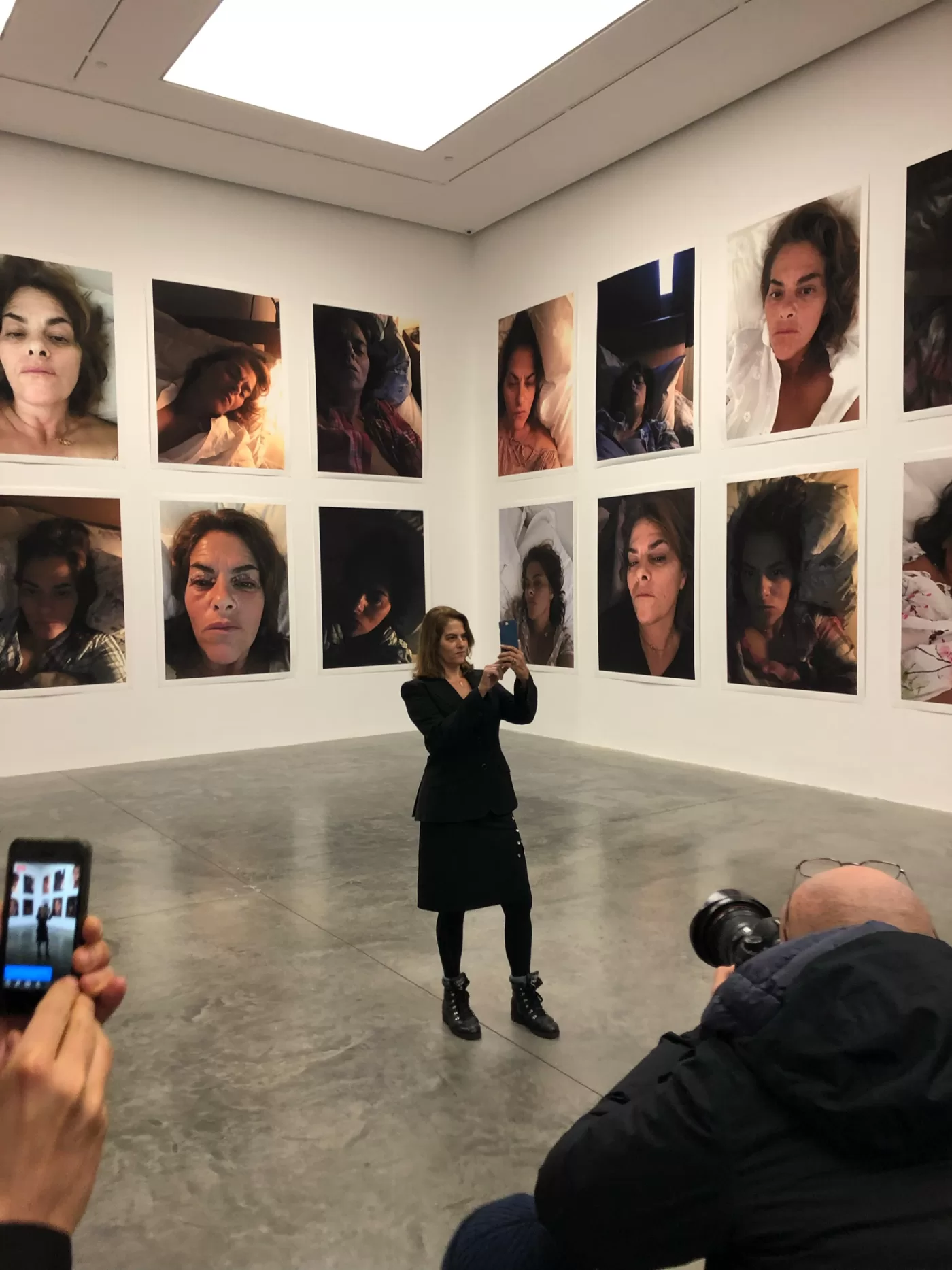
Tracey Emin’s Insomnia Room Installation from ‘A Fortnight of Tears’ at White Cube Bermondsey, 2019
In 2008, Ann Hirsch posted video diaries on YouTube under the pseudonym ‘Caroline’, a self-proclaimed hipster and vlogger. The 18-month project, dubbed Scandalishious, explored how femininity, sexuality and identity could intersect with the online world. In Excellences & Perfections (2018), Amalia Ulman staged a five-month diaristic performance of an imagined but convincing character. She posted on Instagram about her ‘breast augmentation’ and shared images of carefully arranged flowers, expensive lingerie and of-the-era selfies.
Ulman and Hirsch’s self-parodying performances flirt with the ease of reconstructing and commodifying ourselves online, showing the diaristic process as a vessel for deception. If having ‘lore’ is the zeitgeist, then keeping a diary, digital or in paper form, are not only tools for introspection, but modes of commodifying the self for consumption. Perhaps Ulman’s breast augmentation post speaks more to how we are all surgically enhancing ourselves for the online world, morphing into something that might be plumper, or more digestible.

Screenshot of reconstructed YouTube Channel page for Scandalishious
How do we read the diary if it is no longer for the purpose of record, but for performance? Performativity does not have to delegitimise diaristic expression, as all expression is somewhat influenced by the awareness of being perceived by others. Even the most self-conscious expression is deeply revelatory: who we want to be perceived as tells us something about who we really are.
Even in performing versions of ourselves, the diary demonstrates a sincere need to connect with others – something that feels difficult given its ardent focus on self. It appears that despite its potential for revelation, the nature of diaristic expression necessitates isolation. Symptomatic of the post-internet age, there is a desire to focus on constructing versions of ourselves, over connecting with the larger world. As Hirsch’s coexisting pixelated screens fight each other for attention, it becomes clear that in the age of the diary, obsessive self-observation outweighs the risk of disconnection.
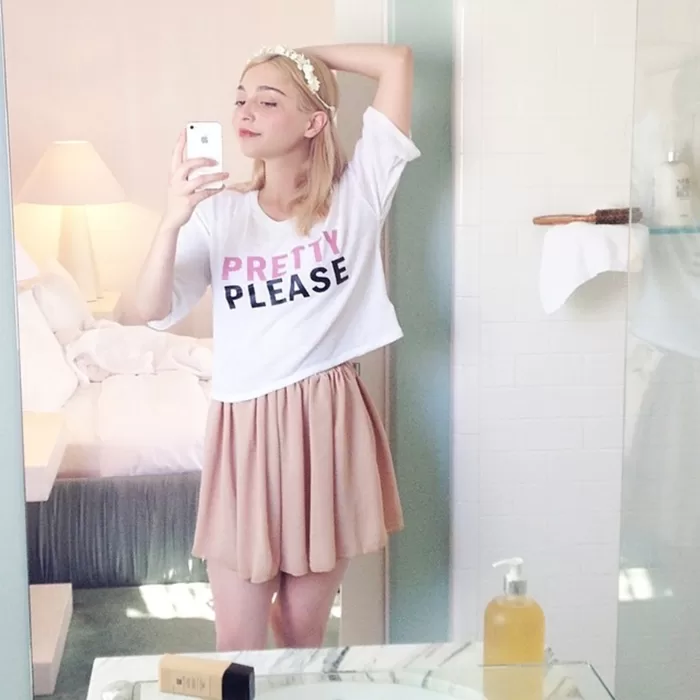
Amalia Ulman, 'Excellences & Perfections' © Amalia Ulman
